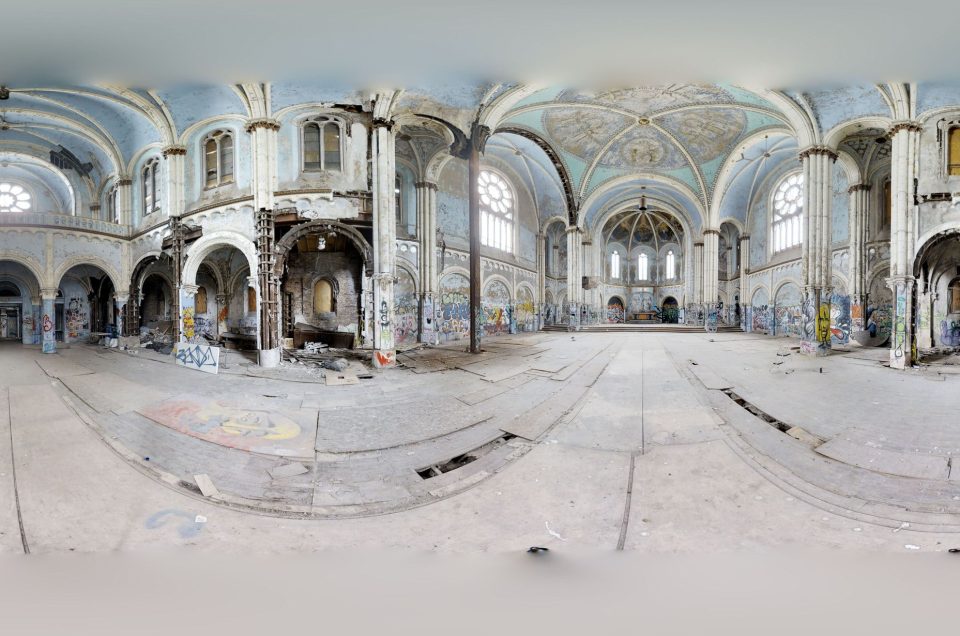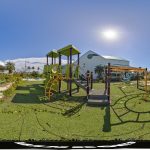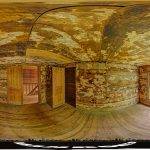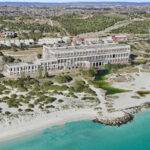Strawn Historic Citrus Packing House District
Take a 360-degree panoramic virtual tour of the Strawn Historic Citrus Packing House District in Deleon, Springs, Florida. There are ten (10) panoramic images in the virtual tour below so make sure to take your time and have fun looking around.
Click here to view it in fullscreen.
About the abandoned Florida location
The Strawn Historic Citrus Packing House District, also known as the Bob White Historic Citrus Packing House District, is a designated U.S. historic district located at 5707 Lake Winona Road in DeLeon Springs, Florida, within Volusia County. Officially recognized as a historic district on September 13, 1993, it encompasses a collection of 12 historic buildings and 3 structures. Unfortunately, the packing house within the district has fallen into a state of abandonment and has not been operational since 1983.
Spanning 20 acres, this historic site is situated between Lake Winona Road and Ridgewood Avenue, just off U.S. Route 17. The CSX railroad line borders it on the southwest. The district’s focal point is a distinctive packing house featuring a sawtooth roof design. Adjacent to the packing house are several other structures, including a barn, blacksmith shop, machinery house, a steam and dynamo building, and 10 additional historic buildings.
History: Theodore Strawn, originally from Illinois, settled in West Volusia County and established an orange packing operation in 1882. Tragically, in 1921, the original packing house succumbed to fire. To replace it, a metal structure with an iconic sawtooth roof was constructed, featuring walls built from stamped copper alloy steel panels, designed to be fireproof.
The packing house ceased operations following a devastating freeze during Christmas in 1983, which left the orange trees completely destroyed. John Strawn, the grandson of Theodore Strawn, the site’s founder, attested to this event.
In 1993, the Strawn Historic Citrus Packing House District was officially listed on the National Register of Historic Places, along with a sawmill and several other agricultural buildings related to the Strawn family, located approximately a mile away.
Over the years, the site has suffered from extensive vandalism and looting, despite the presence of “no trespassing” signs and a surrounding fence. Notably, in 2008, a fire destroyed the machine shop, and in 2010, another fire damaged a 40-foot by 50-foot outbuilding and two others.
Despite its dilapidated condition, the Strawn Historic Citrus Packing House District holds significant historical importance, providing insight into the early development of the citrus industry in Florida. Since 2007, it has been included on The Florida Trust for Historic Preservation’s list of Florida’s Eleven Most Endangered Historic Sites and is officially recognized as endangered by the Volusia County Historic Preservation Board.
You might find these abandoned locations of interest as well, the Hampton Springs Hotel, the Little Cataloochee Baptist Church in North Carolina, the Ghost Town Village, or the abandoned Summit Charter School in Central Florida.
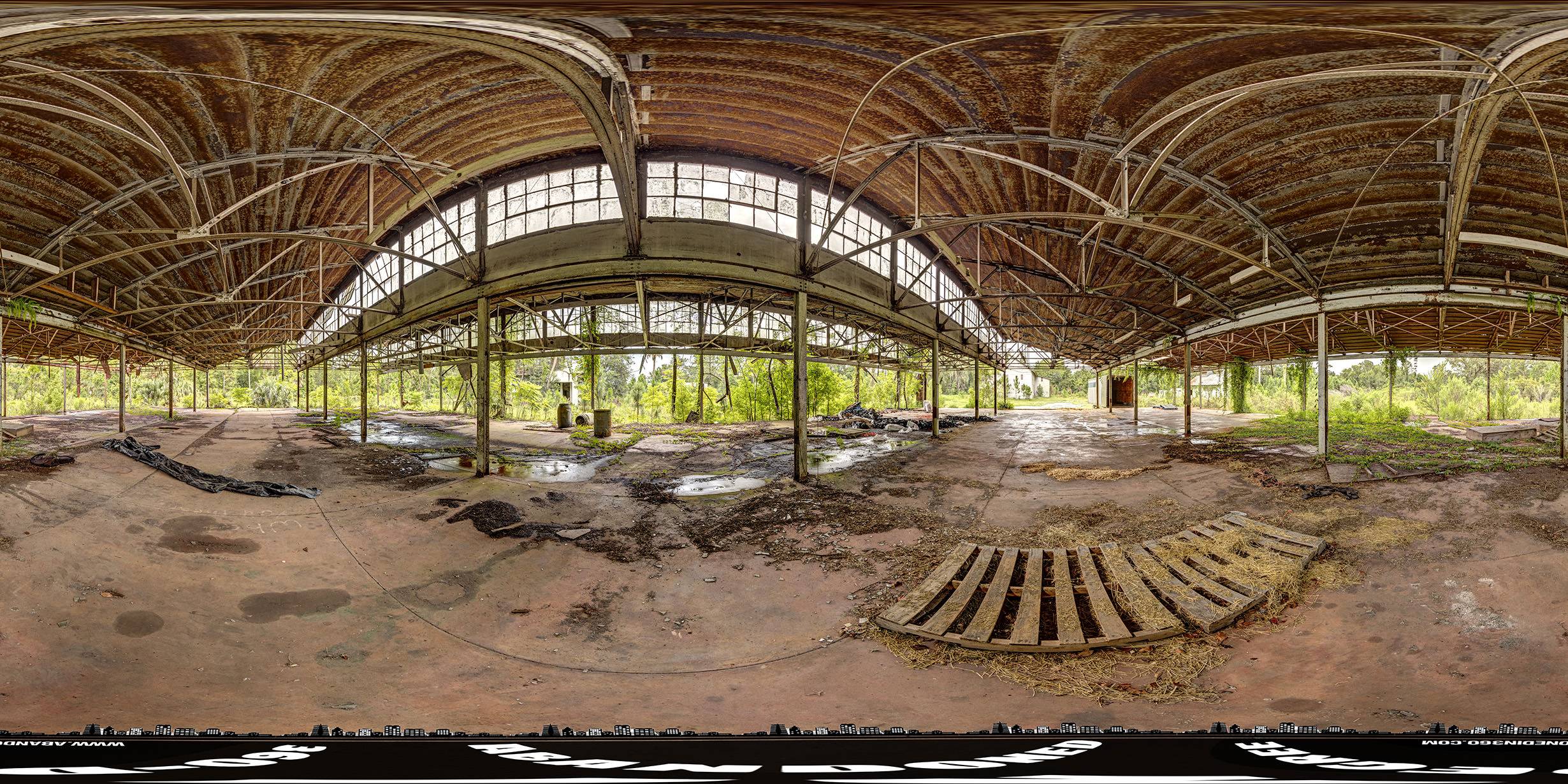
A 360-degree panoramic image at the Strawn Historic Citrus Packing House District in Deleon, Springs, Florida.
Do you have 360-degree panoramic images captured in an abandoned location? Send your images to Abandonedin360@gmail.com. If you choose to go out and do some urban exploring in your town, here are some safety tips before you head out on your Urbex adventure.
Equipment used to capture the 360-degree panoramic images:
- Canon DSLR camera
- Canon 8-15mm fisheye
- Manfrotto tripod
- Custom rotating tripod head
If you want to start shooting 360-degree panoramic images, you might want to look onto one-click 360-degree action cameras.
Click on a state below and explore the top abandoned places for urban exploring in that state.


